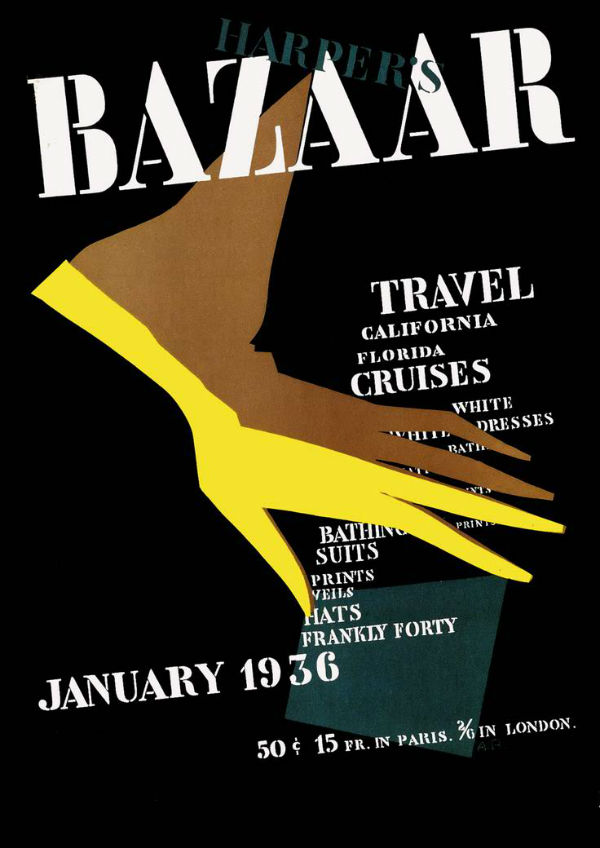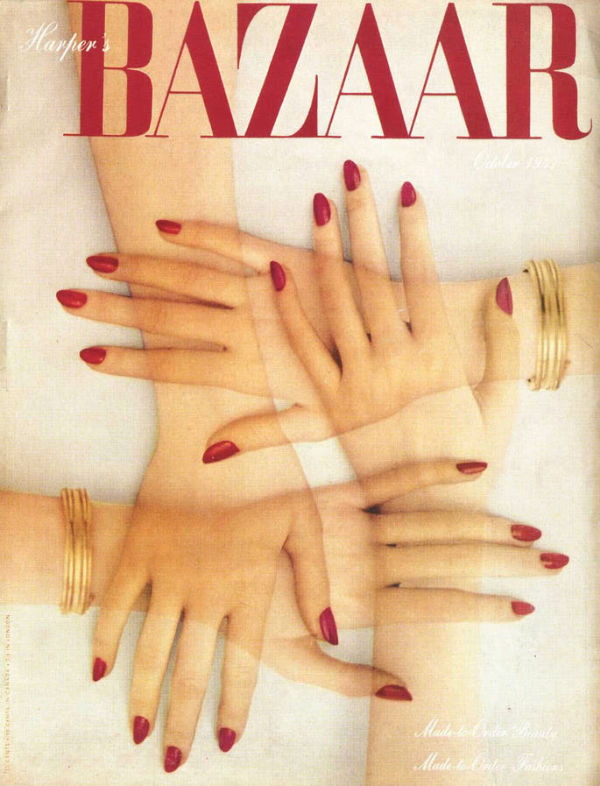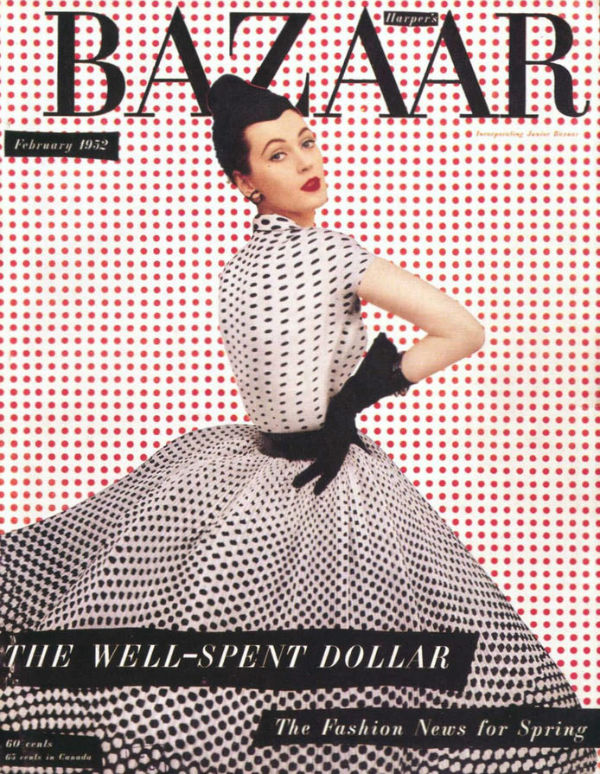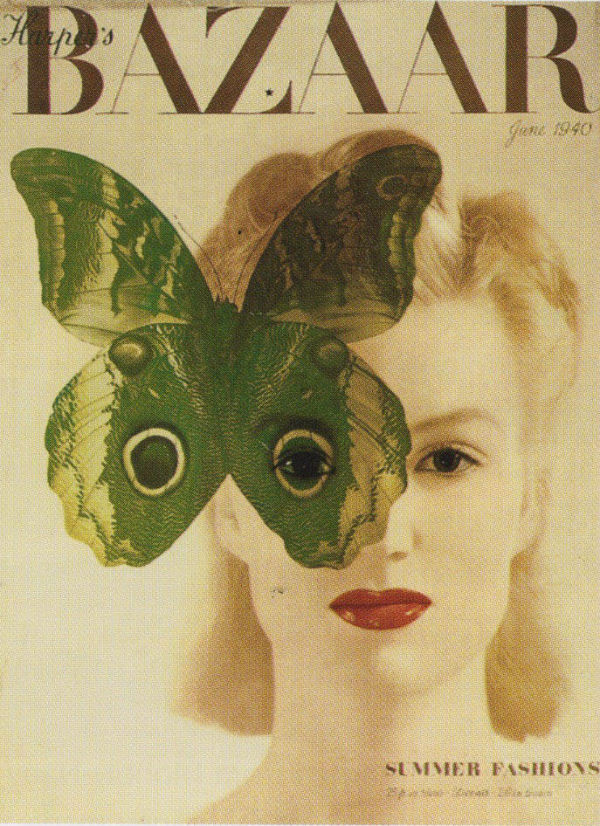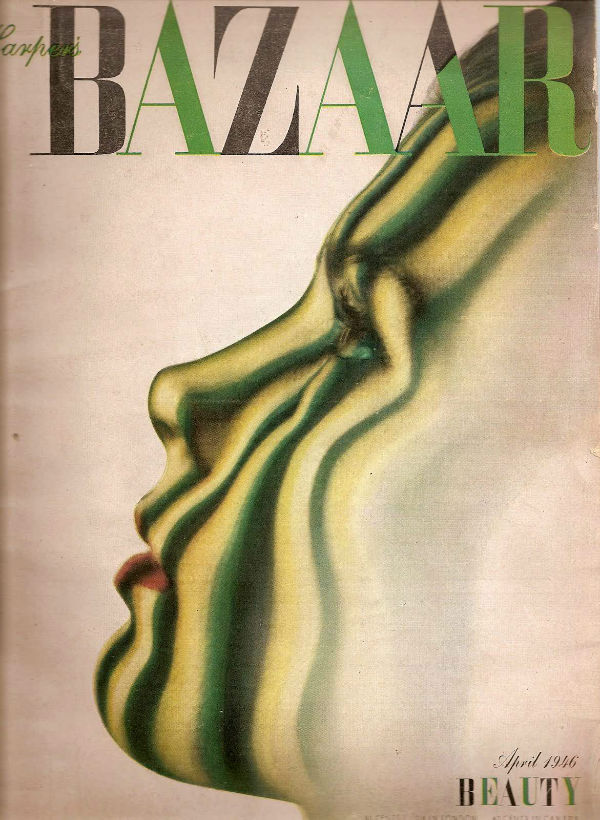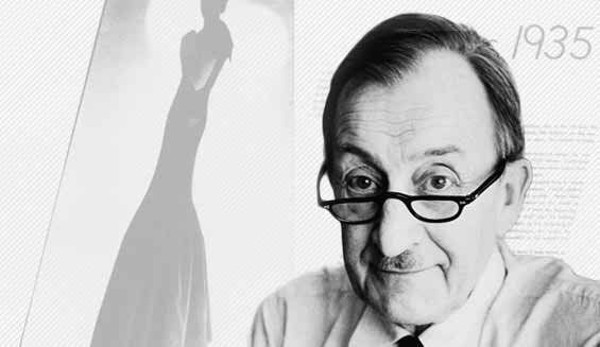
Alexey Brodovitch was a celebrated twentieth century Russian born graphic designer, photographer and art director. He is best known for his art direction of the one of the leading fashion magazines, Harper’s Bazaar. Besides, he also introduced new approaches to teaching design.
Alexey Cheslavovich Brodovitch was born to a wealthy family in 1898, in Ogolitchi, Russia. His mother was an amateur painter while father was a respected psychiatrist, physician and huntsman. His family relocated to Moscow during the Russo-Japanese War. There his father treated Japanese prisoners in a hospital. Brodovitch was enrolled at a prestigious institution in St. Petersburg, the Prince Tenisheff School. Then he intended to attend the Imperial Art Academy, although he had no formal training in art through his childhood. However, he couldn’t follow his dream of attending the Imperial Art Academy at the advent of World War I. At the age of 16, he abandoned his home so as to volunteer to join the Russian armed forces. His father brought him home and paid for his private tuition to help him graduate. On several occasions, he ran away sporadically after his graduation and subsequently sent to an officers’ school.
Brodovitchs moved to France as the family reunited again after being torn apart during war. Being a Russian émigré in Paris, Brodovitch found himself deprived of wealth and looked for a job for the first time. As he wanted to be a painter, he took up a house painting job, while his wife Nina began sewing. In Paris he met other emigrated Russian artists and this connection rendered him to create more artistic work as a painter of backdrops for Diaghilev’s Ballets Russes. Paris being the hub of major art movements and artists, Brodovitch had witnessed the development of several movements. Some of these movements include Dadaism from Zurich and Berlin, German Bauhaus design, Constructivism from Moscow, Futurism from Italy the native strains of Surrealism and Purism. The knowledge of these artistic movements helped Brodovitch develop as a designer.
While working for the ballet, he began creating designs for china, jewelry and textiles in his spare time. Soon he compiled an extensive portfolio of these side projects and sold the designs to a fashionable market. Moreover, he took up another job of designing layout for magazines and art journals. The two seminal art magazine and journal that sought his designing expertise include Cahiers d’Art and Arts et Métiers Graphiques. His task was to juxtapose the type, illustrations and photographs on the magazine page. As there was no art director to dictate him, he had the rare opportunity of adding a personal touch to the layout of the magazine. Eventually, he gained public recognition by earning the first prize in a poster competition for an artists’ soiree called Le Bal Banal.
Alexey Brodovitch’s fame continued to grow with the display of his artwork at the Paris International Exhibit of the Decorative Arts held in 1925. He was presented five gold medals; for the Beck Fils pavilion “Amour de l’Art”, two silver medals for the fabric design and three gold medals for jewelry. The design studio of the Parisian department store, Athélia requested him to design and illustrate catalogues and advertisements for Madelios. Eventually, he was recognized as a well respected graphic artist of commercial art and his career skyrocketed. However, in his final years, he suffered from ill health and poverty. He died at the age of 73, in a small village Le Thor in France.
